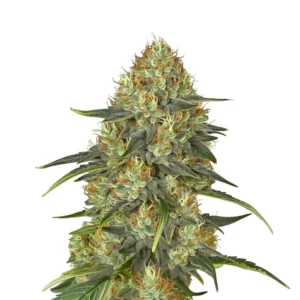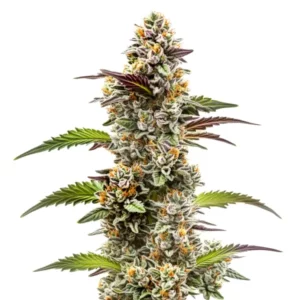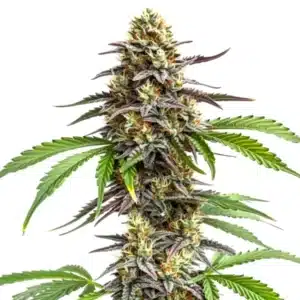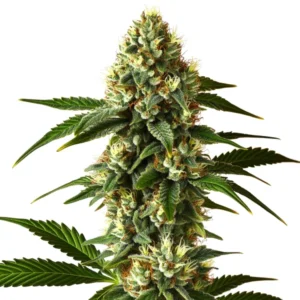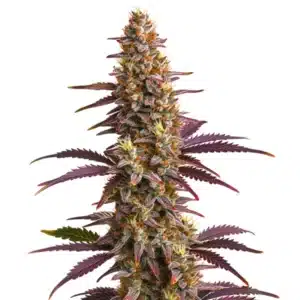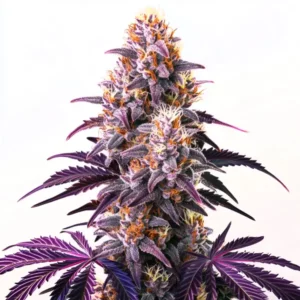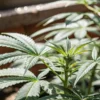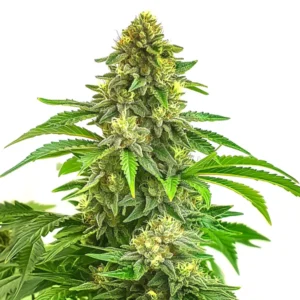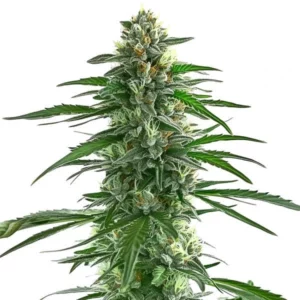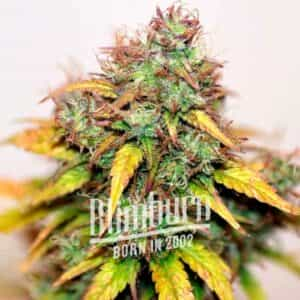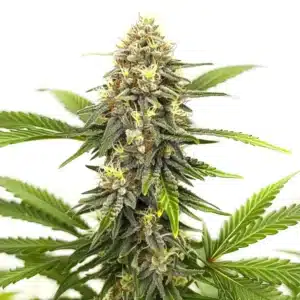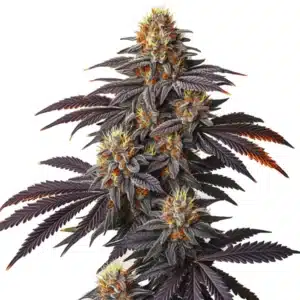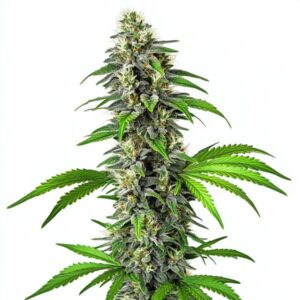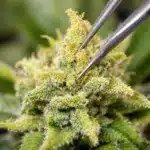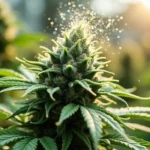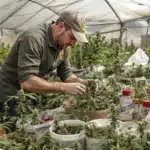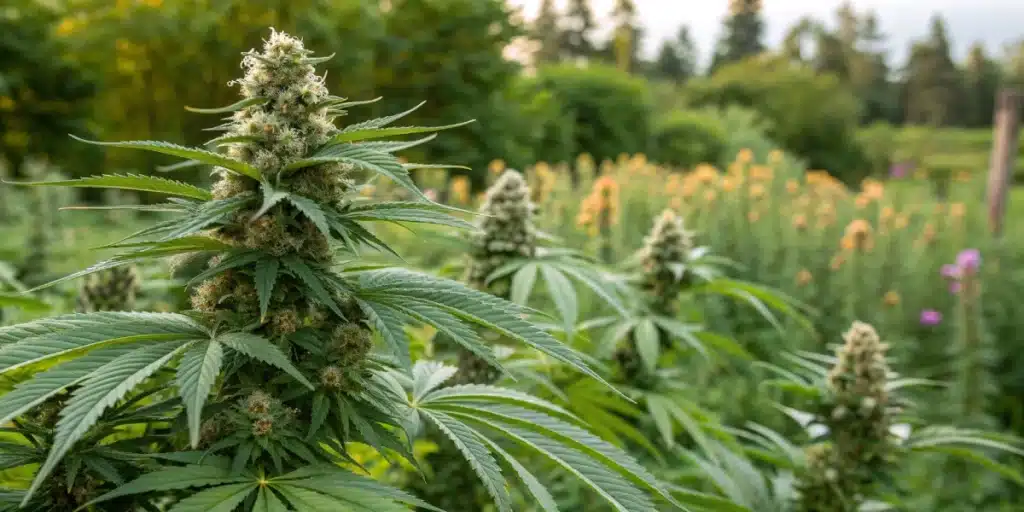
How Long After Pollination Do Seeds Develop
Overview of Cannabis Pollination
Pollination stands as a vital step in the reproduction of cannabis, a fascinating and complex plant. Male cannabis plants actively release pollen that wind and insects swiftly transport to female plants. Female plants, armed with pistils, actively capture the pollen and start fertilization immediately. After fertilization, the female flowers develop seeds and signal the start of a detailed seed formation timeline. This process boosts genetic diversity and strengthens plant health.
Comprehending how long after pollination seeds develop demands a clear grasp of every stage in cannabis reproduction. The interaction between male and female plants resembles a delicate dance where each step proves crucial for success. When pollen lands on the stigma of a female plant, it travels down to the ovule and triggers fertilization quickly. This action initiates seed formation and causes the female plant to change gradually, leading to full seed development. This timeline may vary with environmental factors and genetics, adding extra layers of complexity.
Recommended Strains
Jungle Lava
-
THC: 25% - 27%
-
Type of seed: Feminized
-
Phenotype: 30% Sativa / 70% Indica
-
Flavor: Citrus, Earthy, Fruity, Sweet
-
Day to flower: 8 - 10 weeks
Jungle Breath
-
THC: 24% - 28%
-
Type of seed: Feminized
-
Phenotype: 20% Sativa / 80% Indica
-
Flavor: Kush, Sweet
-
Day to flower: 8 - 10 weeks
Pollination does not follow a purely mechanical pattern; it uses chemical signals to join male and female gametes actively. These signals guarantee that only compatible pollen fertilizes the ovules, thereby promoting strong genetic diversity and better plant health. Each chemical cue contributes significantly to seed formation speed and overall development. The complex system influences how long after pollination seeds develop and enhances the final seed quality. Every detail matters in nature’s careful design.
Impact on Plant Reproduction
Pollination affects cannabis plants in many ways beyond just making seeds. Successful pollination creates high-quality seeds that support future cultivation and boost crop potential. When discussing how long after pollination seeds develop, one must consider the wider consequences of reproductive success. Healthy seeds produce robust plants that handle varied environmental challenges and adapt to changing conditions. Growers witness remarkable improvements when seeds mature under optimal pollination.
Timing of pollination influences crop yield and overall plant health. If female plants receive pollen too early or too late in their flowering cycle, they suffer from poor seed formation. Genetics, environmental conditions, and precise timing of pollen release each contribute greatly to successful seed development. These factors work together to determine the final quality of seeds. Comprehension of pollination impact helps cultivators decide on best practices for consistent seed production. Choosing quality male plants and synchronizing pollination leads to superior seed output and healthier crops.
Promos & Deals
Seed Development Timeline
Initial Seed Formation Stages
After fertilization, the seed formation stages start promptly. This phase typically begins two to three weeks after successful pollination. In this period, the fertilized ovules actively develop into seeds while the plant redirects energy to nurture them. The female plant sends vital nutrients to these developing seeds to ensure healthy growth. The process initiates vital changes that lay the foundation for mature seed production. Growers monitor these early signs carefully to ensure robust seed development.
As the ovules grow larger, they form a protective seed coat that encloses the developing embryo securely. Growers observe that the seed coat gradually hardens to protect future seedlings. The plant directs additional energy into these seeds to improve their viability. Weather and nutrient conditions also affect seed formation and quality. This timeline may vary with environmental factors and genetics, adding extra layers of complexity. Such close observation helps cultivators optimize their harvest timing for maximum yield.
Maturation Period of Seeds
The maturation period stands as a critical phase in the cannabis reproduction timeline. As weeks progress, the seeds continue developing within protective pods. This stage usually lasts four to six weeks after initial seed formation. During this period, the seeds undergo many physiological changes that prepare them for future germination. Each change improves their chance to sprout and grow. Growers watch these changes closely to ensure quality seed development.
As seeds mature, they take on characteristic shapes and rich colors. A hard outer shell forms around each embryo. Growers examine seed coats and pod firmness to judge seed maturity precisely. The seeds also accumulate essential nutrients that boost future growth once planted. This stage proves vital for successful germination and healthy plant development. The process provides valuable clues about how long after pollination seeds develop, helping cultivators plan timely harvests.
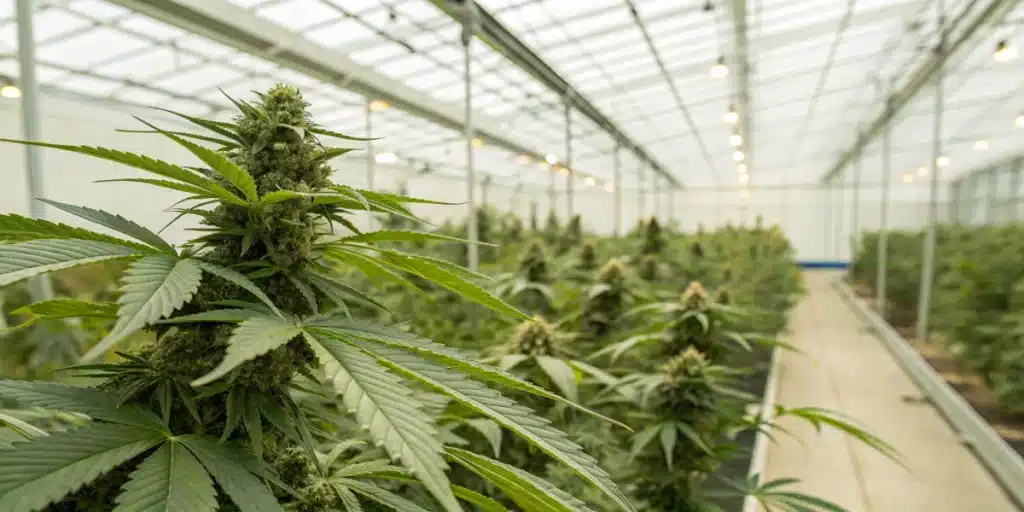
Environmental Influences on Seed Growth
Temperature and Light Effects
Environmental factors significantly influence the seed development timeline. Temperature and light conditions affect how long after pollination seeds develop. Cannabis plants flourish in specific temperature ranges; deviations can impair seed growth. Ideally, maintain temperatures between 70°F and 85°F (21°C to 29°C) for optimal seed development. Excessive heat stresses the plant and delays seed maturation. Cooler temperatures slow down metabolic processes and extend seed development time. Consistent environmental conditions boost healthy seed growth and improve final quality.
Light exerts a pivotal function in cannabis seed development. Adequate light during the flowering phase supports vigorous plant growth. Plants use photosynthesis to direct energy into seed development. As seeds mature, adjust the light cycle to create ideal growth conditions. Extra light exposure can enhance nutrient production and seed quality. Cultivators often monitor light intensity and duration carefully. These measures ensure a robust seed formation process and boost overall plant productivity.
Nutrient Requirements for Seed Development
Nutrient availability stands as another key factor that influences how long after pollination seeds develop. Cannabis plants require a balanced mix of macronutrients and micronutrients to support vigorous seed growth. Essential nutrients like nitrogen, phosphorus, and potassium fuel each stage of seed formation. A steady supply of these nutrients boosts energy production and ensures healthy seed development. Growers monitor nutrient levels carefully to maintain optimal growth conditions.
During initial seed formation, plants benefit from higher nitrogen levels that promote vigorous growth. As seeds mature, plants shift to favor phosphorus and potassium. These nutrients transfer energy and support the overall health of developing seeds. They ensure that seeds become robust and capable of successful germination. Growers adjust feeding regimens and soil mixes to sustain these nutrient levels continuously. Specialized fertilizers further enhance seed development and secure the expected timeline for maturation.
Common Observations in Seed Development
Signs of Healthy Seed Growth
As cannabis seeds develop, multiple indicators signal healthy growth. Observing female flowers remains crucial during this stage. Healthy seed pods appear plump and firm, which shows that seeds form correctly inside. The seed pods change color gradually from green to a deeper, mature hue. This color shift signifies proper progress in seed development and assures quality. Growers look for these signs to optimize their harvest schedules.
Another sign of healthy seed growth appears with the presence of trichomes on seed pods. These tiny hair-like structures indicate that the plant produces resin actively. The resin enhances the overall quality of the seeds significantly. Growers monitor these details to gain valuable insights into seed development progress. Such observations help decide the best time for harvesting the mature seeds. They enable cultivators to optimize yield and ensure strong future plant growth.
When to Harvest Seeds
Determining the best time to harvest seeds stands as a critical factor in successful cannabis cultivation. Most growers plan to harvest seeds roughly six to eight weeks after pollination. By that time, seeds typically mature, showing a hard outer shell and darker coloration. Growers examine seed pods carefully to confirm they are ready for harvest. This careful inspection minimizes the risk of collecting immature seeds that fail to germinate. Vigilance during this period boosts overall yield quality.
Harvesting seeds too early produces immature seeds with low germination rates. Waiting too long causes seeds to fall out or suffer damage. Growers look for visual cues like seed pod color and seed firmness. These cues help determine the optimal harvest time for quality seeds. Conducting a float test also proves helpful to check seed viability. In this test, immature seeds float in water, while mature ones sink reliably. This test further guides growers in maximizing their harvest success.
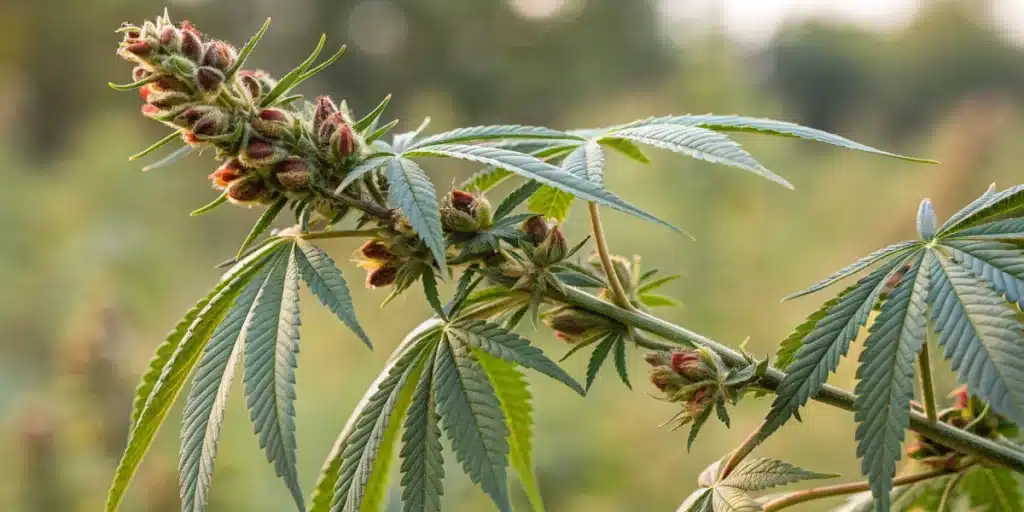
FAQs about how long after pollination do seeds develop
What is the typical time frame for seed development?
Typically, after pollination, cannabis seeds develop fully within approximately six to eight weeks. Environmental conditions and strain differences can alter this timeline. Some strains mature sooner, while others require additional weeks to reach full maturity. Growers observe their plants closely and note any variations in seed development. Monitoring progress ensures timely harvesting and optimal seed viability. This careful observation supports a more successful cultivation process and reliable outcomes.
How can I tell if seeds are mature?
Mature seeds show a hard outer shell and a darker coloration than immature seeds. Growers examine seed pod firmness to check readiness for harvest. Firm seed pods usually indicate that the seeds have reached full maturity. Color shifts provide clear signals of proper seed development. Careful visual checks help decide when to harvest and ensure only viable seeds are collected. This method guides cultivators in selecting quality seeds for future planting and optimal crop yields.
Do environmental factors affect seed development time?
Yes, environmental factors such as temperature, light, and nutrient availability strongly influence seed development time. Optimal conditions speed up growth and improve seed quality. Unfavorable conditions may delay maturation and reduce overall viability. Growers must maintain stable conditions to support healthy seed formation. Proper management of environmental factors ensures consistent seed quality and faster development. These measures help cultivators achieve the best results in their crop production.

